Louis Vuitton, Gucci, Dior, Tiffany & Co. ... which luxury brands have restaurants with Michelin-starred chefs or hotels in Tokyo, Osaka, Shanghai, Seoul and Hong Kong?

Luxury fashion brands see Asia as key to their continued growth, pandemic or no pandemic. In recent years that has seen them experiment with ways to broaden their engagement with customers, extending to the launch of hospitality concepts, most often in conjunction with existing retail spaces.
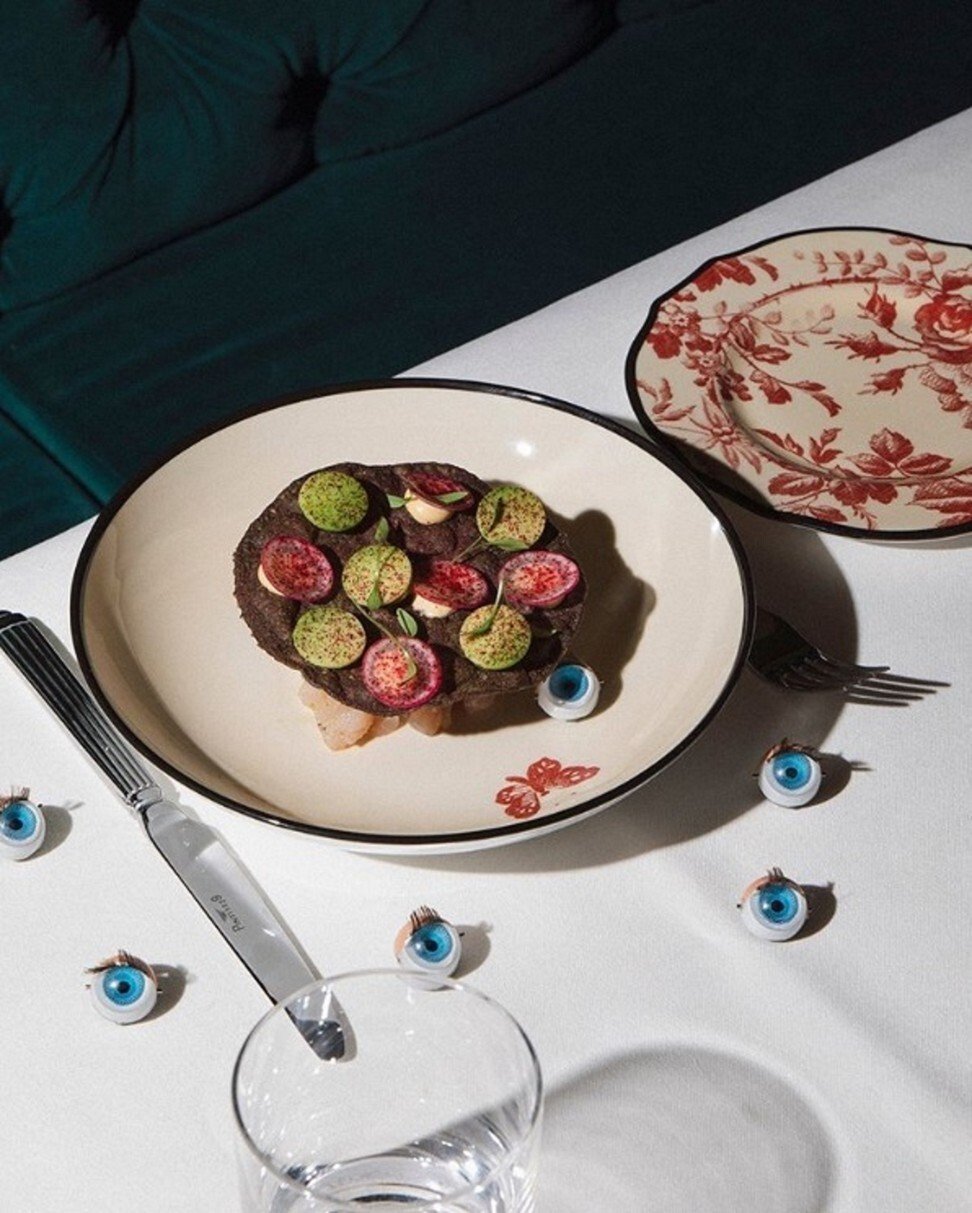
Next to Sugalabo V, a separate cafe concept called Le Café V welcomes guests in spaces curated with furnishings like Campana’s cocoon chairs, part of Vuitton’s travel-inspired Objets Nomades collection. Along with a spacious outdoor terrace and bar, Le Café V is the perfect spot for consumers to relax and experience the brand beyond its lines of apparel and accessories.
“The movement in luxury brands developing experiential extensions, particularly in the hospitality sector, has been a response to shifting consumer priorities … This is a longer term shift in consumer-to-brand relationships and the concept of value. Asia is poised to move faster in the delivery of this change, offering an opportunity to lead the future of luxury”, says Georgia Fendley, founder and creative director of Construct, a branding and communications agency that works with both hospitality and fashion brands.
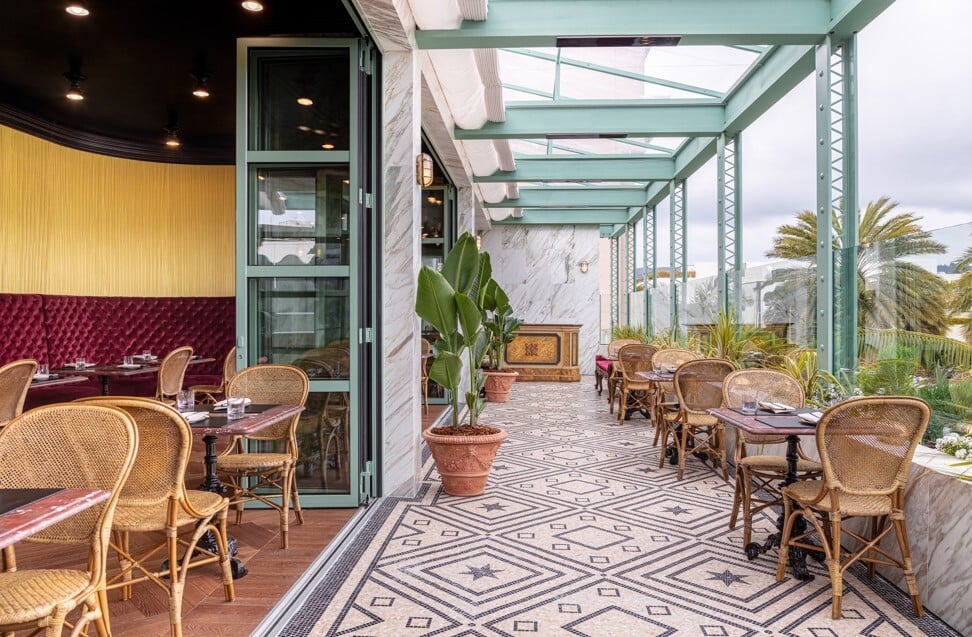
This may be Louis Vuitton’s entrée in the Japanese culinary scene but it will not be its last venture, according to Michael Burke, chairman and chief executive officer of Louis Vuitton. Eateries and even hotels could be part of the brand’s future expansion strategy.
Gucci is another brand active in this space, being set to open another Osteria in Ginza, Tokyo, spearheaded by three-Michelin-star chef Massimo Bottura, following successful restaurant openings in Florence and Los Angeles.
The second largest luxury market in the world, Japanese shoppers spent 3.6 trillion yen (US$33 billion) on luxury goods in 2018, according to digital marketing agency Info Cubic Japan, motivating brands to evolve strategies to engage customers offline and explore new hospitality concepts. In addition, Mordor Intelligence reported a threefold jump of inbound tourism from 2013 to 2018 in Japan, driving Japan’s thriving food service market.
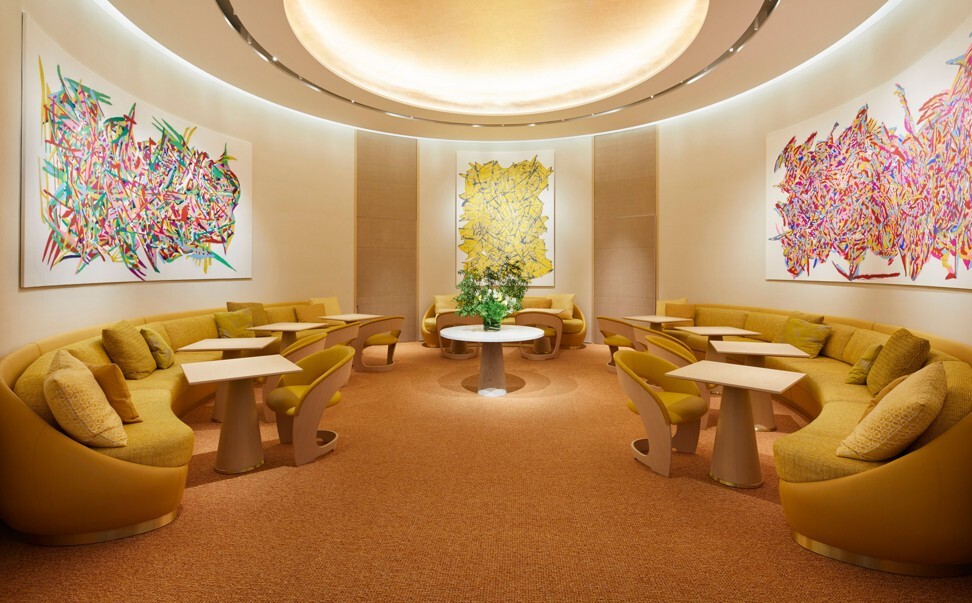
Just three hours away, Shanghai offers choices for discerning Chinese seeking both high fashion and haute cuisine. With a population drawing the highest disposable income in mainland China last year, the cosmopolitan financial hub has already seen multiple branded restaurants sprout in recent years. However, luxury hospitality concepts have failed to take off there despite the huge potential market.
Gucci made headlines in 2015 when it opened its first fully fledged restaurant, 1921 Gucci, in the city. As a nod to affluent locals’ preference for exclusivity, the restaurant was only accessible to patrons via a private lift inside the store. Despite garnering a positive reception when it opened, the restaurant shut its doors a few years later.
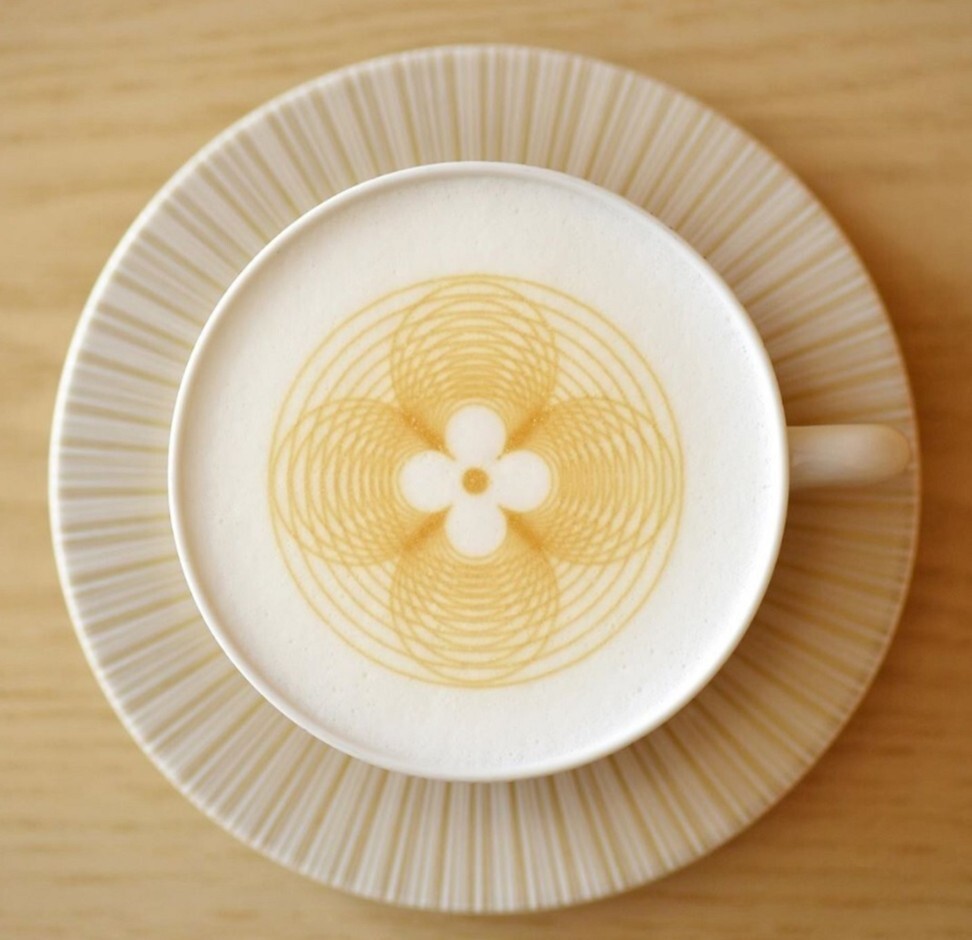
“Customers are incredibly sophisticated, they are able to identify genuine quality and few tolerate superficial brand exploitation,” Fendley explains. “If a brand launches an extension concept without category authority, exceptional service, meaningful innovation and an ability to provide a unique and memorable experience, consumers won’t follow. In this case I think the timing was too early and the implementation was not delivered with significant sector expertise and a deep enough story.”
According to Mintel’s Full Service Restaurants China 2015 report, 31 per cent of Chinese consumers agree the experience of a restaurant supersedes the quality of the food or drinks served. Wenxin Xu, senior food and drink analyst at Mintel elaborates on the challenge in a report: “Consumers are actively seeking premium cues to fulfil their needs to improve health as well as satisfy taste buds as they tend towards becoming value-driven rather than price-driven.”
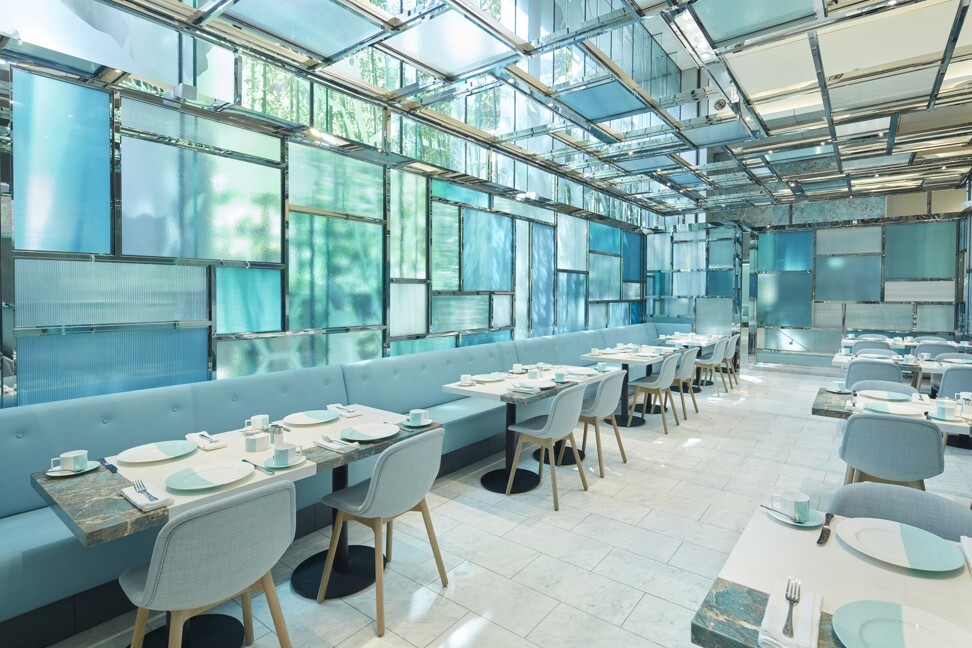
“This new store is a testament to our commitment to our clientele in Greater China,” said Tiffany & Co.’s executive vice-president of global sales, Philippe Galtié in a press release. “By expanding our Shanghai flagship store, we continue to grow with this global city.”
Revelling in a pre-pandemic tourism boom, Seoul has also witnessed how fashion, entertainment and cafe culture can uplift interest, along with its economy. According to market research company Euromonitor International, the value of the luxury goods market in South Korea increased by 20 per cent to 14.2 trillion won (US$12.1 billion) between 2015 and 2018.
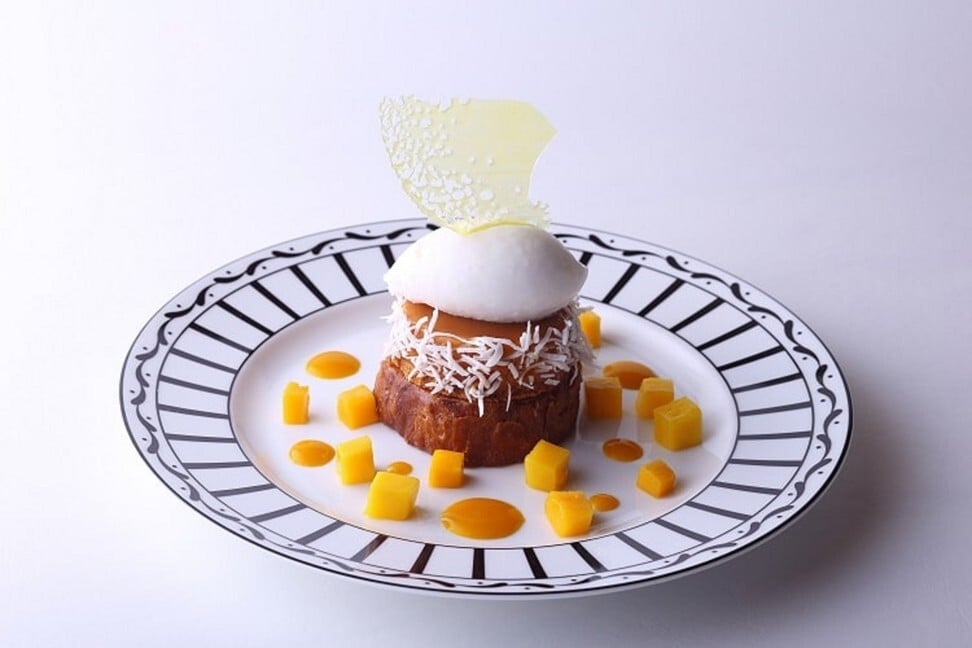
Dior’s masterplan naturally included a hospitality concept when it opened its flagship store in the affluent Gangnam District in 2015. Also the world’s largest Dior store, the Christian de Portzamparc designed building, evocative of the couturier’s soft, woven white cotton fabric, housed Cafe Dior by Pierre Hermé on its top floor. Judging by its popular reception on Chinese social media platforms like Little Red Book and Dianping, the haute pâtissèrie cafe is still popular thanks to its pastry menu featuring bold flavours in delicate creations.
“Cafe Dior by Pierre Hermé brings the artistic view and presence of two master brands together. Lunch is a bigger focus for us, and our guests can now enjoy savouries in addition to desserts and pastries during lunch hours. Guests can also savour more selection like salads and croque-monsieur thanks to the savoir faire of on-site chefs from Pierre Hermé Paris,” says Mathieu Jutau, the cafe’s marketing and communications manager.
Interest in fashion dining concepts will not wane; and they will continue to give traditional food and beverage establishments a run for their money. In a world where life needs to be documented on social media, consumers are increasingly looking for immersive experience-related services to talk about themselves.
Want more stories like this? Sign up here. Follow STYLE on Facebook, Instagram, YouTube and Twitter .

High-end fashion houses are adding restaurants with celebrity chefs and hospitality to retail outlets as they look for new ways to engage more with customers – and the trend for immersive experiences is hottest in Asia, the key region driving growth in luxury